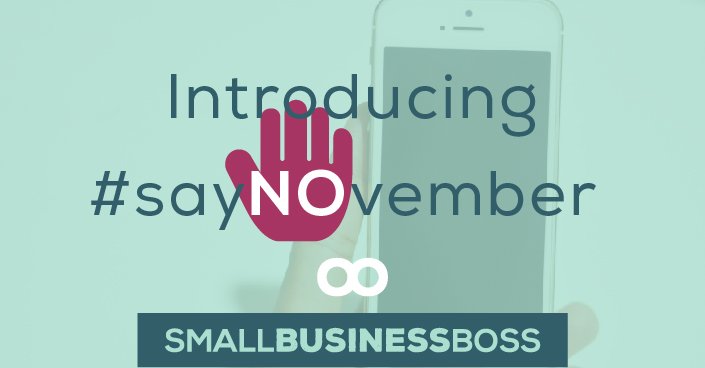You check your inbox and in it is the type of email from a client that makes your blood boil. The kind of email that makes you read it over five times while you huff and puff and think, “Oh hell, no. This is NOT happening.”
It happens to all of us at some point – the client communication gone wrong or that sets us off. It’s all part of working with clients, so the key is for us to find a way to manage these situations.
The reality is that the bulk of communication with clients happens via email (or even in a project management tool) which can quickly devolve.
First of all, not everyone is a great writer. That means ideas can easily get miscommunicated or misread due to a lack of detail or clarity.
Then there’s the tone issue with email. A quick email can be read as terse or nasty when it’s not meant to be that way at all. Or you can assign a tone to an email that’s not even there because you’re having a bad day.
With so much of our communication being written, how can we avoid running into a scenario where we overreact or behave unprofessionally with clients?
Improving your written communications comes down to two core things: having strong boundaries, and carefully crafting your written responses.
Even if you’re not a natural writer, you can put steps in place to help you communicate more effectively and foster better working relationships.
In a nutshell, it starts with boundaries. Just because you’re in a service role, doesn’t mean you need to be a doormat or available 24/7/365 by email. You need to teach your clients how to interact with you and set the pace for how and when you communicate.
Establish Standard Response Times
With our phones in our hands all the time, we always have access to our email while we’re awake. That can mean we respond quickly to every email that comes our way.
That quick response, while it may seem like good service, means that you’re setting the expectation that you’re always going to be available. You’re essentially training your clients that you’re going to be there to respond to things in a matter of minutes.
Instead, establish standard response times letting them know to expect, 12, 24 or even 48 hours to get a response to emails. It may not actually take you that long, but you’re able to better control how much time you spend in your inbox each day.
Manage How They Communicate With You
For years, my inbox was a hot mess full of client emails. I’m not even exaggerating, it was a mess and it was difficult to track conversations, to-dos and more.
While I knew that there were other ways to communicate, for a long time I resisted as I worried that clients wouldn’t be happy using anything but email. Eventually, after missing a couple of to-dos, I moved all my client management and communications to a project management system. (In my case, we use Basecamp, but there are lots of other options out there.)
This was a huge win for me as everything was in one place, but more importantly, it made it easy for clients to see exactly what was happening and communicate with our team.
Surprisingly, all of my clients took to using this solution instead of sending me emails. Many of them moved their own teams on to project management systems or started using it with their own clients. (If you need extra help with this, add an autoresponder to your email reminding clients to contact you through Basecamp.)
More importantly, it made it clear that any other form of contact outside of Basecamp wasn’t okay. No more texts or PMs on Facebook.
The end result was clearer communication and less opportunities for things to go wrong.
As part of these boundaries, ensure you’re doing your part to provide regular, consistent updates so your clients feel like everything is handled.
Outside of boundaries and systems, the other thing you can do is work to improve your written communication skills. A few small changes can make a major impact, help avoid miscommunication and keep everyone happy.
Keep It Short
We’re all busy, so don’t make your emails hard to understand or include 97 things in one email. A good rule of thumb is to only have one main topic per email.
You can be pleasant, but you don’t need to include a lot of extra chit chat. It’s okay to get down to business and make it easy for your client to get the point and do what needs to be done.
Don’t Over Explain
Clients hire us as we’re experts, which means you need to be confident in your communication. Nothing kills client confidence more than you over-explaining things.
First, they don’t need to know every single detail. They just want the job done, and if they need more info they can ask. (And if you have a client that needs to know everything, that’s a sign of a micro manager or bigger trust issues.)
On the flip side, when things are more difficult or you need to give them specific counsel, over-explaining your decision or why you made a specific recommendation actually erodes your authority.
Be definitive and confident in what you say. Period.
Establish a Cooling Off Period
You know those emails that make your blood boil? Or the ones that trigger you for some unknown reason?
Don’t respond right away. No matter how much you want to be right. Or you know you’re right. Or you just want the client to zip it.
You need to cool off. Responding in the heat of the moment means mistakes get made, or you say things that aren’t so eloquent.
Use your cooling off period to think through the right response and to take a deep breath. This is challenging for most of us, but whenever I do this I discover that it’s not as bad as I thought. (Or if it is, I come up with a written response that doesn’t start with me swearing like a sailor.)
Taking time to master and streamline your communications with clients will make a massive difference in your day-to-day interactions. And the few “hell no!” emails you have to deal with, the better for your sanity and the quality of your service.
[embed_popupally_pro popup_id=”9″]





